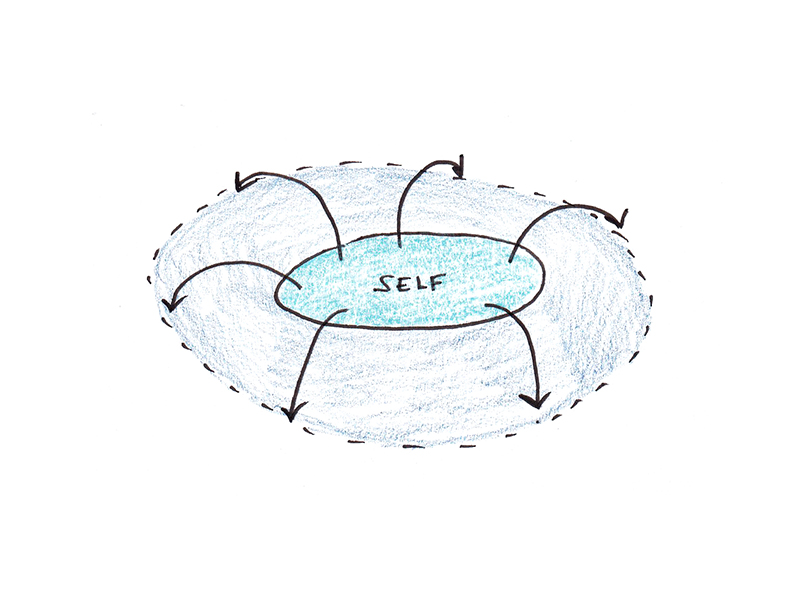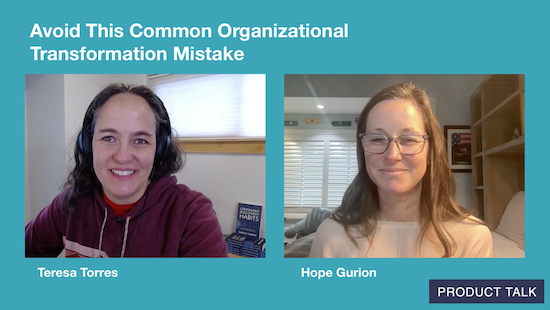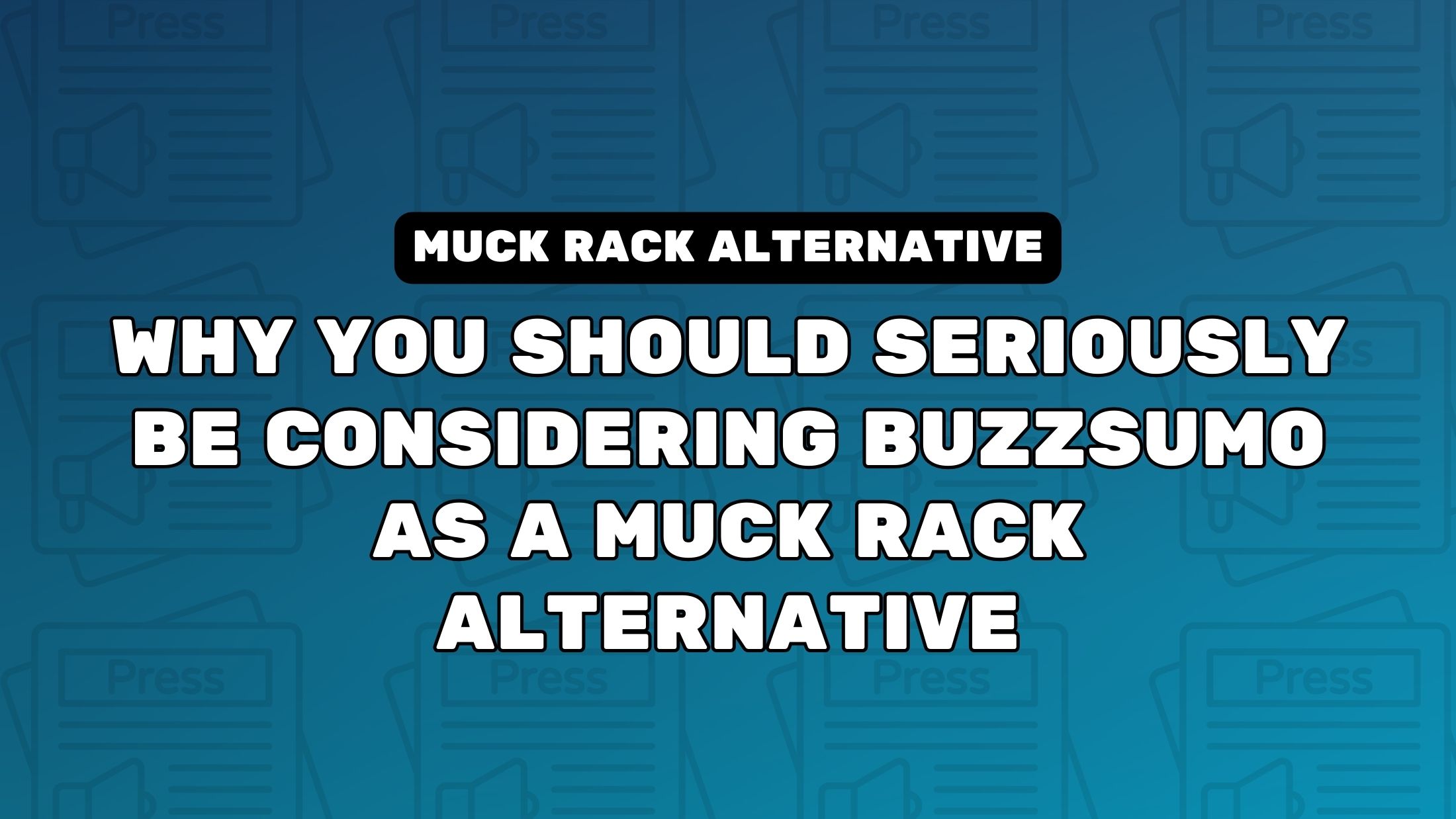How Does Sandblasting Paint Removal Protect the Base?
sandblasting paint removal
Have you ever scraped off peeling paint and found the surface underneath damaged too? That’s more common than most think. When coatings sit too long or are removed poorly, they don’t just ruin the finish; they weaken the base itself.
Whether you're working on metal beams, stone walls, or wood panels, the problem starts with the wrong method. And the solution? It often lies in something as direct as sandblasting paint removal.
In the US, where structures face humidity, grime, and layered paint jobs, keeping the base protected matters as much as the new paint. That’s where sandblasting stands out. It removes what’s unnecessary and keeps what matters when done right.
This method sounds intense, but it’s actually about control. Sandblasting paint removal uses compressed air to push tiny abrasive particles toward the surface. These hit the paint, rust, or coatings and chip them off.
What makes it special is that the settings can change based on what you’re working on. You don’t always need harsh grit. For soft surfaces like wood, a finer medium does the job.
For rusted steel, a coarser one helps. The real trick? Balance. Too much pressure and you dig into the surface. Too little and the paint stays on. But the right mix clears layers without digging in.
That keeps the base safe while giving it a fresh start. Whether restoring antique doors or prepping a shipping container, the goal stays the same: clean it, not damage it.
Most people focus only on how things look once the new paint goes on. But problems don’t start on the outside. They start underneath. Paint sticks best to a rough surface, not scratched, just slightly textured.
Sandblasting helps with that. It clears the junk and shapes the surface just enough for the new coat to hold on. And here’s where things get deeper. If you skip this prep, even expensive paint won't last long.
Moisture gets trapped, coats peel early, and you spend more money redoing things that should’ve lasted years. Sandblasting not only clears the surface, but it also sets up the foundation to resist water, heat, and air damage.
So next time you think paint removal is a messy chore, consider it insurance. Done right, it adds life to the structure.
Some materials get damaged easily if cleaned incorrectly. Others just don’t clean well with chemicals or hand tools. That’s where sandblasting works better.
● Steel and iron: These often rust under the paint. Sandblasting clears both in one shot.
● Brick and stone: Great for removing paint without chipping or burning the surface.
● Wood: When handled carefully, it lifts old paint without harming the texture.
● Concrete: Paint, oils, and grime don’t stand a chance with proper blasting.
● Aluminum: It needs careful pressure, but it cleans up well.
Each of these has one thing in common: they need the base kept safe while stripping off layers on top. That’s the job of proper blasting.
A good job doesn’t start with just grit. It starts with machines that control air, speed, and blast size. The compressor feeds the pressure. The pot holds the blasting material. The nozzle controls the flow.
Most importantly, the hands using the tool must know the job. If the wrong nozzle is used, the angle is off, or the grit is too coarse, the base might get scratched or pitted. That’s why trained operators matter. They spot weak areas and test spots before full cleaning.
They adjust the machine mid-job to protect corners and edges. The surface might be metal, stone, or wood, but each type needs its own rhythm. That’s where real skill shows.
Most errors happen not from tools, but from poor prep or impatience. Here’s where things go wrong:
● Using chemical strippers on delicate stone leads to staining
● Rushing with power tools often creates deep cuts on wood
● Applying too much pressure causes metal warping
● Ignoring dust and waste can ruin nearby areas
● Not testing patches before full blasting
A strong finish always starts with a protected base. Sandblasting paint removal removes what you don’t need without harming what you do. That means fewer repairs, stronger paint bonds, and fewer returns to patch peeling spots. The process may look rough, but it's really about care and planning.
The right method leaves you with clean surfaces that are stronger and more reliable. Whether it's old steel, painted brick, or weathered wood, sandblasting gets the base right. And when the base stays safe, the rest stands strong.





































































































![Building A Digital PR Strategy: 10 Essential Steps for Beginners [With Examples]](https://buzzsumo.com/wp-content/uploads/2023/09/Building-A-Digital-PR-Strategy-10-Essential-Steps-for-Beginners-With-Examples-bblog-masthead.jpg)














































